La Tren a las Nubes (The train to the clouds) originally ran to the Chilean border but now runs very erratic passenger services from Salta into the mountains. Typically, it was not running while we were there. So we took an excursion to follow the train's route up to the last station in the small town of San Antonio de las Cobres. The line itself was very difficult to build through extremely inhospitable terrain and took 23 years to complete. It relied totally on manual labour because no machinery could be brought into the area. Of the one thousand, mostly Bolivian and Chilean, workers employed, over 100 were killed during the construction and buried in small cemeteries beside the track. The designer and chief engineer now has the district and a small town named after him. One of his collaborators was Gustaf Eiffel (yes that one!) who designed the viaducts.
We went on our journey by 4x4 with Gabriel, our driver and guide from the last trip we made. We were joined by Claudia and Martin, a young couple from BsAs who were actually on their honeymoon (an interesting near coincidence as Jen's sister Jo was marrying Rob in Retford on the same day). Near to the beginning of the journey we stopped off to look at the old steam engine, sadly now only a monument to past glories. We were disappointed there was no Leeds nameplate as we have found on several on old engines.
The road that we followed through La Quebrada del Toro (valley of the bull)
sticks close to the line but because of the steep ascents, the train loops and weaves around, at times even reversing back on itself. As a result we were frequently crossing and recrossing the track and got lots of good views of the many tunnels, bridges and viaducts.
We've remarked in the past that great train journeys are frequently best seen from a hillside beside the track rather than on the train itself! We paused to walk onto the longest viaduct, a strange experience for those of us brought up with England's fenced off railways. A little later we caught up with a train actually running on the track. Although there are few passenger services, goods trains still run at variable intervals.
This one was an Argentine diesel moving very slowly and pulling assorted cargoes including some earth movers, a fuel tanker and a couple of box cars. Later one of the men on the train said that it takes them about 8 hours to make the same journey we had made.
We stopped on the way to visit the ruined city near the present pueblo of Santa Rosa de Tastil at a height of 3110 metres.
This pre-Incan city is believed to have been populated around 1360 and held 3000 people at its peak. It was probably constructed as a defensive position as it stands alone and has fine views over the valleys to the next peaks. The people erected stone buildings on a series of roads and squares over a wide area and farmed the steep slopes by constructing terraces and channelling water.
However, there are no records to fall back on so nobody is clear just why they seem to have deserted the spot leaving so much behind. Even now you can just look down and find shards of pottery on the ground!
The rise through stunning scenery was really breathtaking. All around us were steep slopes, often formed into strange shapes by erosion over the years.
We kept going up until we reached 4080 metres above sea level, the highest point of our journey. At this stage we dropped slightly and entered the puna, a huge area of flatland above 3000 metres and chiefly desert.
Before us were the Andes proper, with several peaks at around the 6000 metre mark. In the distance we could see the white shimmer of the Salinos Grandes (salt plains) but we had chosen not to go on there because we have scheduled a visit to the considerably larger salt plains in Uyuni, Bolivia in a month or so.
The end of the line comes with the little town of San Antonio de Los Cobres, named after the copper that is mined there.
Most of the town consists of the small adobe houses one would expect in this area. However there was also an estate of smart concrete houses recently built to house military personnel stationed there to search for drugs coming over the nearby Chilean and Bolivian borders. Although mining still goes on here, the town has seen better days and would have little to detain the tourist if the station were not there.
After lunch in the town, we caught up with the goods train we had seen earlier and looked around the old station building where a few period features have been retained.
As well as stunning scenery, this was a great journey for seeing wildlife.
We managed to see three of the four kinds of similar animals of the mountains; llamas, vicunas and guanacas (just the alpacas missing). Several times we saw condors sweeping high in the sky but you'll just have to take our word for it because they were very high and just specks on the pictures!
As we approached Salta on our return trip we could see dark skies and rain, although we had none of it. Sure enough we got back to find the streets flooded, sometimes to a depth of about 60cm and the wisdom of having a 4x4 was again apparent! Gabriel said that this was normal if there was more than a couple of hours of rain, wasn't it like that in England? He was surprised when I said that although flooding does happen, it is actually quite rare.
Following the Train To The Clouds
Tuesday, December 29, 2009
 San Antonio de los Cobres, Argentina
San Antonio de los Cobres, Argentina
Other Entries
-
55Fray Bentos; that sounds familiar!
Nov 2534 days prior Fray Bentos, Uruguayphoto_camera48videocam 0comment 0
Fray Bentos, Uruguayphoto_camera48videocam 0comment 0 -
56Colonia; every house a museum?
Nov 2831 days prior Colonia del Sacramento, Uruguayphoto_camera46videocam 0comment 6
Colonia del Sacramento, Uruguayphoto_camera46videocam 0comment 6 -
57Buenos Aires - Slight Return
Nov 3029 days prior Buenos Aires, Argentinaphoto_camera33videocam 3comment 4
Buenos Aires, Argentinaphoto_camera33videocam 3comment 4 -
58Hot News! Uruguay election results!
Dec 0128 days prior Buenos Aires, Argentinaphoto_camera1videocam 0comment 0
Buenos Aires, Argentinaphoto_camera1videocam 0comment 0 -
59What makes Rosario such a good place to live?
Dec 0326 days prior Rosario, Argentinaphoto_camera60videocam 0comment 8
Rosario, Argentinaphoto_camera60videocam 0comment 8 -
60Mercedes; final resting place of Gauchito Gil
Dec 0623 days prior Mercedes, Argentinaphoto_camera33videocam 1comment 0
Mercedes, Argentinaphoto_camera33videocam 1comment 0 -
61Pellegrini; floating islands, crocs and big rats!
Dec 0821 days prior Colonia Carlos Pellegrini, Argentinaphoto_camera73videocam 0comment 2
Colonia Carlos Pellegrini, Argentinaphoto_camera73videocam 0comment 2 -
62Your mission, if you choose to accept it...
Dec 1118 days prior San Ignacio, Argentinaphoto_camera37videocam 1comment 1
San Ignacio, Argentinaphoto_camera37videocam 1comment 1 -
63Iguazu falls: so that's where all the rain went!
Dec 1514 days prior Puerto Iguazú, Argentinaphoto_camera47videocam 2comment 1
Puerto Iguazú, Argentinaphoto_camera47videocam 2comment 1 -
64Out of Iguazu with a bang; on to Ciudad del Este
Dec 1613 days prior Ciudad del Este, Paraguayphoto_camera10videocam 0comment 1
Ciudad del Este, Paraguayphoto_camera10videocam 0comment 1 -
65Encarnación - and we manage to see Jesús!
Dec 1811 days prior Encarnación, Paraguayphoto_camera55videocam 0comment 2
Encarnación, Paraguayphoto_camera55videocam 0comment 2 -
66Asunción; we're travellers, get us out of here!
Dec 209 days prior Asuncion, Paraguayphoto_camera11videocam 0comment 2
Asuncion, Paraguayphoto_camera11videocam 0comment 2 -
67Xmas greetings!
Dec 218 days prior Resistencia, Argentinaphoto_camera1videocam 0comment 7
Resistencia, Argentinaphoto_camera1videocam 0comment 7 -
68Resistencia: city of sculpture
Dec 227 days prior Resistencia, Argentinaphoto_camera41videocam 0comment 0
Resistencia, Argentinaphoto_camera41videocam 0comment 0 -
69Our 'current' location
Dec 236 days prior Corrientes, Argentinaphoto_camera24videocam 0comment 1
Corrientes, Argentinaphoto_camera24videocam 0comment 1 -
70Salta: our first sight of the Andes and our Xmas!
Dec 254 days prior Salta, Argentinaphoto_camera35videocam 3comment 3
Salta, Argentinaphoto_camera35videocam 3comment 3 -
71Multicoloured mountains and angels with guns!
Dec 272 days prior Humahuaca, Argentinaphoto_camera53videocam 0comment 1
Humahuaca, Argentinaphoto_camera53videocam 0comment 1 -
72Following the Train To The Clouds
Dec 29 San Antonio de los Cobres, Argentinaphoto_camera81videocam 0comment 0
San Antonio de los Cobres, Argentinaphoto_camera81videocam 0comment 0 -
73Cafayate; days of wine, icecream and waterways
Jan 024 days later Cafayate, Argentinaphoto_camera42videocam 0comment 3
Cafayate, Argentinaphoto_camera42videocam 0comment 3 -
74Tucumán; chilling out and getting heated!
Jan 057 days later San Miguel de Tucumán, Argentinaphoto_camera26videocam 0comment 1
San Miguel de Tucumán, Argentinaphoto_camera26videocam 0comment 1 -
75Like Birmingham but better!
Jan 1012 days later Córdoba, Argentinaphoto_camera64videocam 0comment 2
Córdoba, Argentinaphoto_camera64videocam 0comment 2 -
76Wines, Bikes, Barnsley and Bernard O'Higgins
Jan 1618 days later Mendoza, Argentinaphoto_camera45videocam 1comment 1
Mendoza, Argentinaphoto_camera45videocam 1comment 1 -
77Over the Andes to Santiago
Jan 2325 days later Santiago, Chilephoto_camera95videocam 0comment 8
Santiago, Chilephoto_camera95videocam 0comment 8 -
78Carnival Time in Paradise Valley!
Jan 2729 days later Valparaíso, Chilephoto_camera89videocam 0comment 6
Valparaíso, Chilephoto_camera89videocam 0comment 6 -
79City of churches, craft stalls and penguins!
Jan 3133 days later La Serena, Chilephoto_camera55videocam 1comment 1
La Serena, Chilephoto_camera55videocam 1comment 1 -
80More Marys than you can shake a skull stick at.
Feb 0639 days later San Pedro de Atacama, Chilephoto_camera91videocam 3comment 1
San Pedro de Atacama, Chilephoto_camera91videocam 3comment 1 -
81Mountains, lakes, salt plains & altitude sickness
Feb 0841 days later Uyuni, Boliviaphoto_camera82videocam 1comment 5
Uyuni, Boliviaphoto_camera82videocam 1comment 5 -
82Dead people, dead trains and dead electrics!
Feb 1043 days later Uyuni, Boliviaphoto_camera30videocam 0comment 3
Uyuni, Boliviaphoto_camera30videocam 0comment 3 -
83Let the festivities begin (but not in the convent)
Feb 1346 days later Potosi, Boliviaphoto_camera78videocam 0comment 0
Potosi, Boliviaphoto_camera78videocam 0comment 0 -
84No sugar but lots of water and... dinosaurs!
Feb 1952 days later Sucre, Boliviaphoto_camera61videocam 0comment 5
Sucre, Boliviaphoto_camera61videocam 0comment 5 -
85Possibly the highest capital city in the world...
Feb 2356 days later La Paz, Boliviaphoto_camera89videocam 1comment 4
La Paz, Boliviaphoto_camera89videocam 1comment 4 -
86Shining Lake Titicaca (when it isn't raining).
Feb 2659 days later Copacabana, Boliviaphoto_camera47videocam 1comment 2
Copacabana, Boliviaphoto_camera47videocam 1comment 2 -
87Despite the name, it's not always sunny here!
Feb 2861 days later Isla del Sol, Boliviaphoto_camera51videocam 0comment 0
Isla del Sol, Boliviaphoto_camera51videocam 0comment 0 -
88Incas, Pre-incas and a load of willies.
Mar 0566 days later Puno, Peruphoto_camera113videocam 0comment 0
Puno, Peruphoto_camera113videocam 0comment 0 -
89Road blocks, demos and a scenic journey to Cusco
Mar 0667 days later Cusco, Peruphoto_camera76videocam 0comment 5
Cusco, Peruphoto_camera76videocam 0comment 5 -
90Touring the Sacred Valley
Mar 0768 days later Ollantaytambo, Peruphoto_camera50videocam 0comment 8
Ollantaytambo, Peruphoto_camera50videocam 0comment 8

 San Antonio de los Cobres, Argentina
San Antonio de los Cobres, Argentina
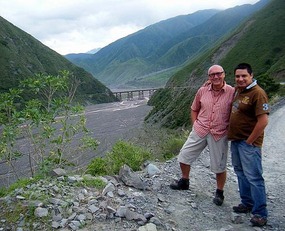
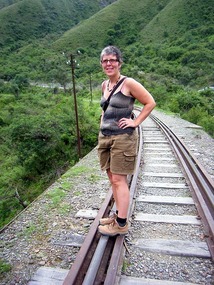
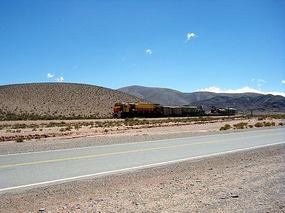
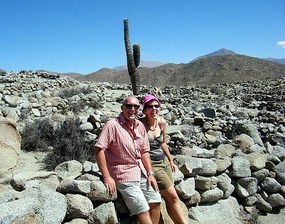
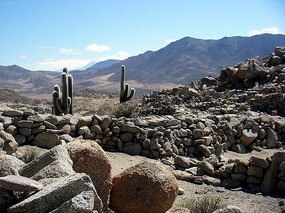
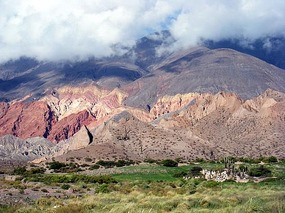
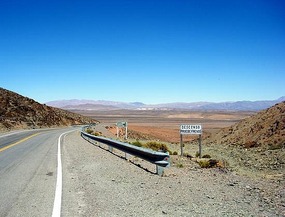


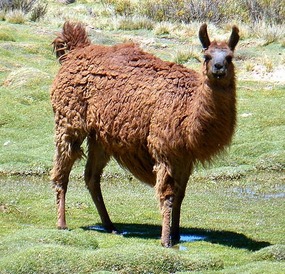
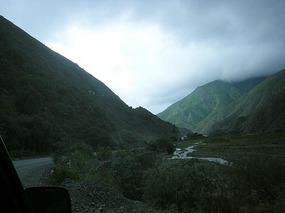






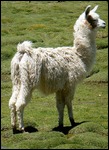
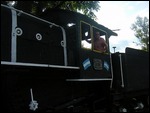
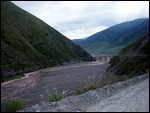
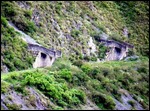
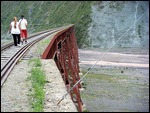
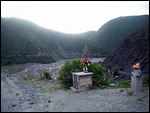
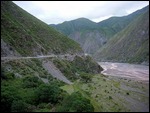
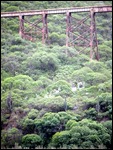
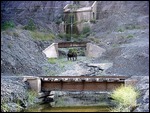

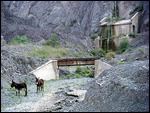
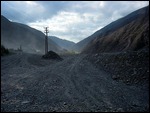
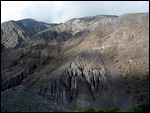
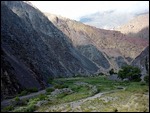
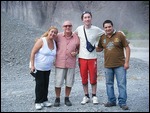
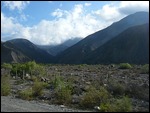

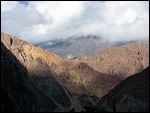
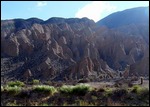
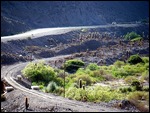

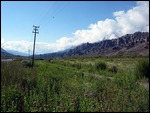
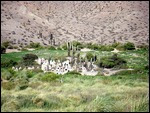
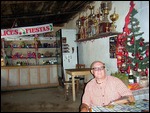
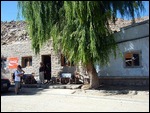
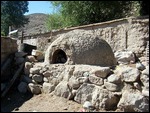
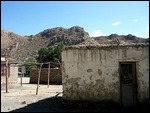
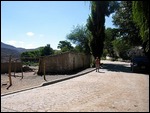
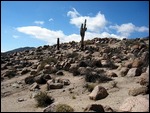
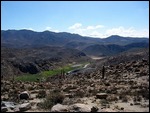
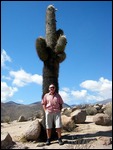
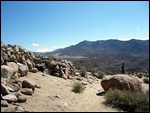
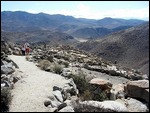
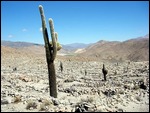
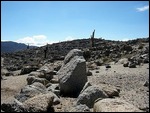

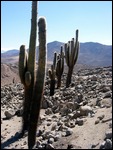



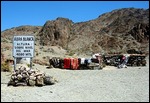
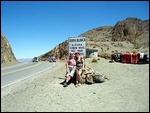
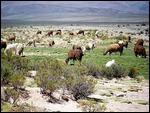
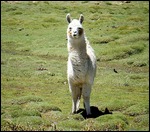
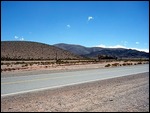
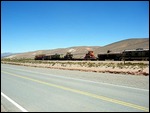
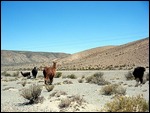
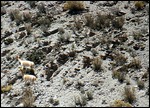
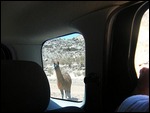

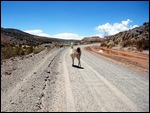

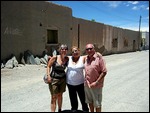
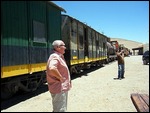
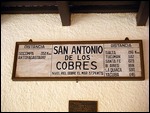
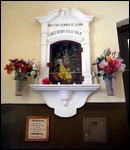
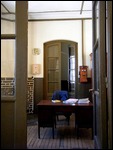
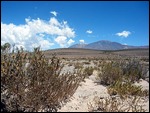
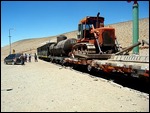
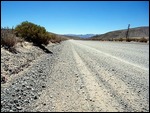
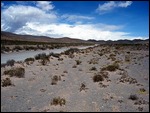
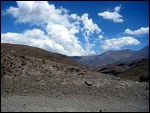
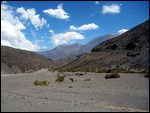
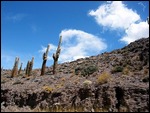
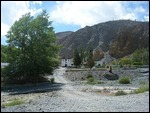
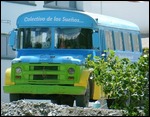
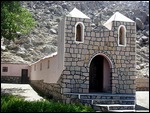
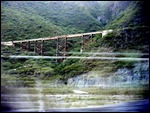
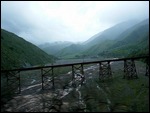
2025-05-22